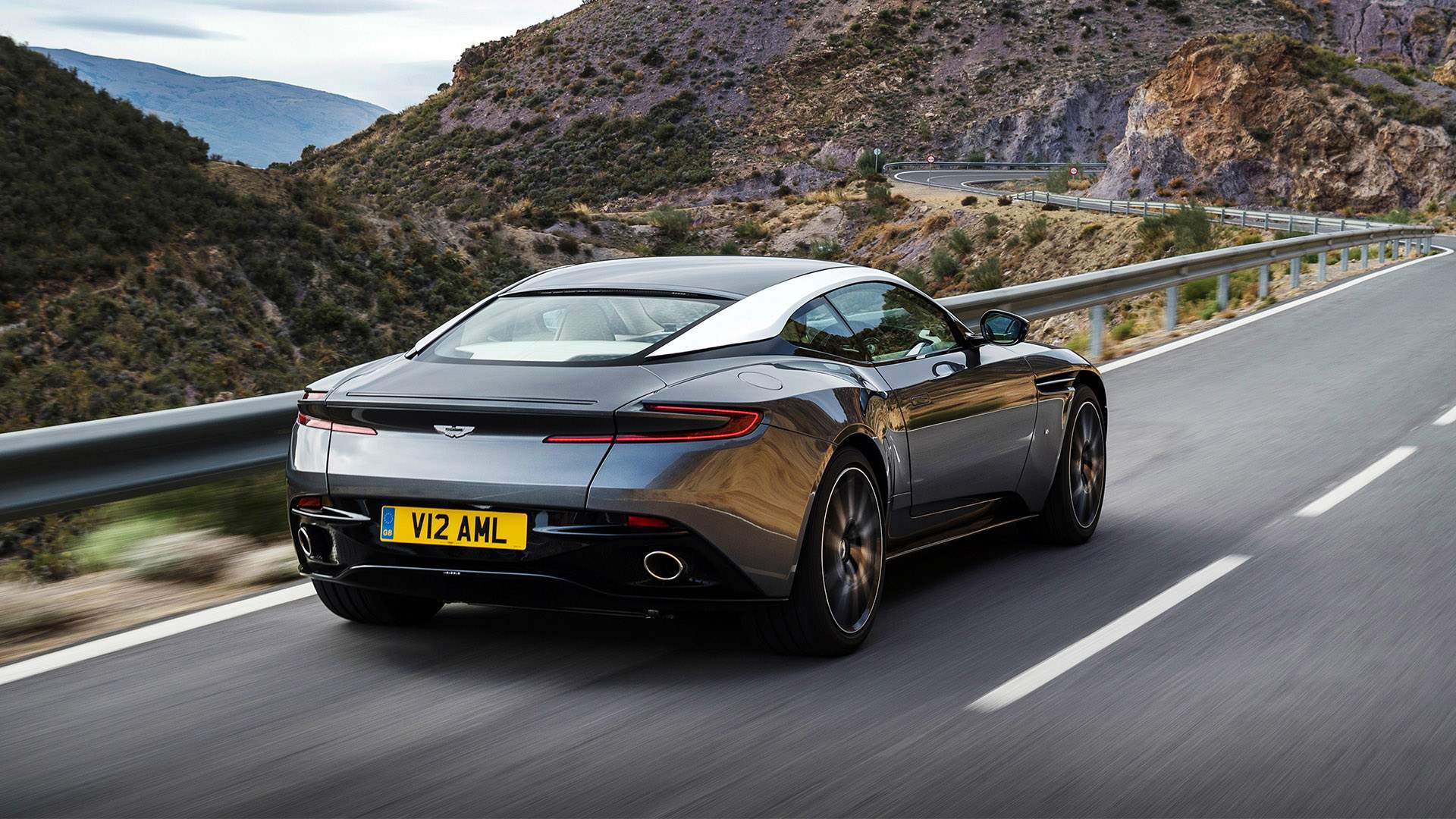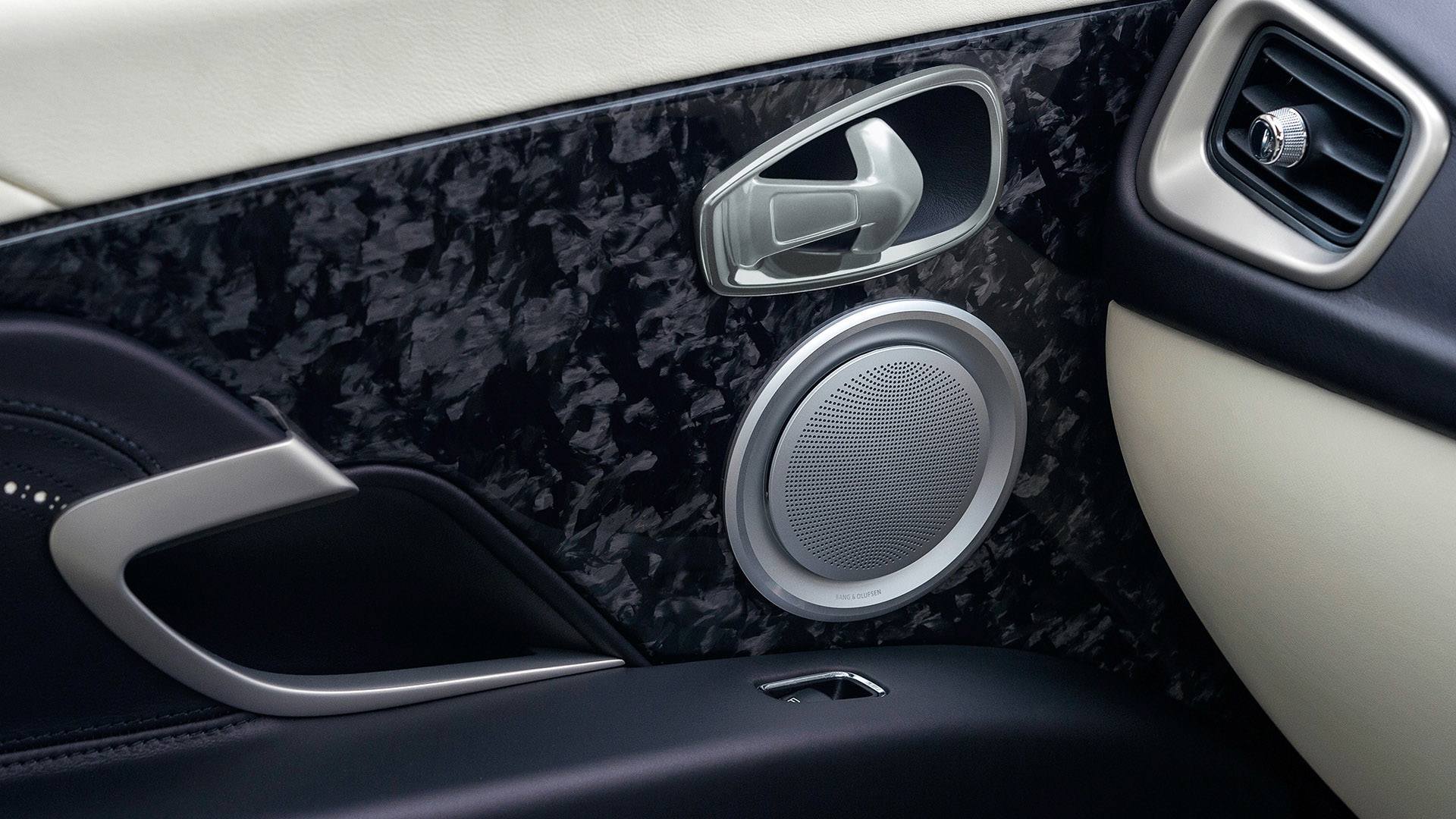Aston Martin DB11 Review
The replacement for the DB9 finally made its appearance on British roads last month, and with a waiting list well over a year long, to say it’s been hotly anticipated would be an understatement. Here’s all you need to know.
This car comes at quite the juncture for Aston Martin. It’s the first of six new models that the marque will be putting into production in the next few years. There’s a new Vantage coming along in 2017, the Vanquish is reborn in 2018, and then all three cars will receive convertible variants at some point too. The idea is that this quick fire refresh of the lineup will help Aston on its way to higher production levels, better sales, and ultimately firmer financial footing.
Design wise, this is classic Aston, but at the same time, we’ve got undeniable influence from the One-77, which makes this new car feel very modern indeed. It’s sleek, low and mean. A few highlights really showcase a new commitment to aerodynamics; there are air intakes in the c pillars that help force the rear of the car down onto the tarmac, and the front wheel arches have been broken up at the crest. Aston say this helps to relieve some of the air pressure that builds in the area. Regardless of any aerodynamic credentials however, one thing is for sure - this is one of the very best looking cars that money can buy. It’s as simple as that. Though you’d hardly expect anything less from Aston.

Image: Aston Martin
Under the bonnet, we’re presented with an all-new twin-turbo 5.2-litre V12 that develops 600bhp and 700Nm of torque. It’s muscular enough to propel the DB11 from 0-60mph in around 3.7 seconds, and onwards to an autobahn-storming 200mph. Acceleration is really quite something, and is accompanied with an angry rasp from the exhaust that reminds us exactly why V12s are still cool. Befitting a luxury GT however, this power isn’t delivered with too much brutality, and everything is more than manageable.
Now, the downsized engine (from 5.9-litres) and turbos aren’t the only indication that the Aston engineers have given some thought to fuel efficiency. This V12 comes with cylinder deactivation and start-stop technology - almost unheard of in this segment. That’s not to say that the car is in any way economical - the claimed combined economy is a shade under 25 mpg, and we doubt you’ll get too close to that figure, particularly when driving spiritedly. No - these little additions are probably more to do with emissions regulations than anything else, but they’re curious nonetheless.
The DB11 has a fair amount of heft to it - at more than 4.7 metres long, weighing in at more than 1.7 tonnes, it’s a proper GT car, and it has a suspension to match. Potholes are soaked up with a composure you might not expect from a sportier Aston Martin, though the car can be unsettled over surfaces that feature a quick succession of bumps. On continental roads, we think the DB11 will be the perfect long-distance companion.
The tradeoff of this touring comfort is that road feedback isn’t as sharp as some of the DB11’s sportier siblings, and there can be a certain floatiness to the suspension. Throw it round a hairpin bend and you’re made very much aware of how much it weighs. As an all round grand tourer however, things are good, thanks to this all new bonded aluminium chassis. There are also several modes to choose from that alter the suspension and engine setup, so it shouldn’t be difficult to strike a balance, whether you’re attacking the autobahn or wafting down an A-road.

Image: Aston Martin
Inside, the designers have for the most part stuck to traditional Aston styling. The centre console and general feel are not dissimilar to the outgoing DB9. This time though, you’ll get a big navigation screen in the centre of the dash, along with a digital display behind the wheel. The tech is nice, and brings the car up to date, but the carefully crafted physical instruments will certainly be missed. Comprehensive stitching and leather is there remind you what you spent your £155k on, but if we’re being absolutely honest, some of the interior is slightly disappointing. The indicator stalk has been lifted from Mercedes, and a few switches feel a little bit cheap.
Being the vanguard for Aston’s new generation, the DB11 has quite the weight on its shoulders. Thankfully, aside from a couple of very small niggles (which may well be ironed out after the first run), it’s a very solid return to form. It’s one of the most beautiful cars on the market, it’s classic Aston, and it achieves exactly what it set out to do - be one of the best GTs money can buy.
